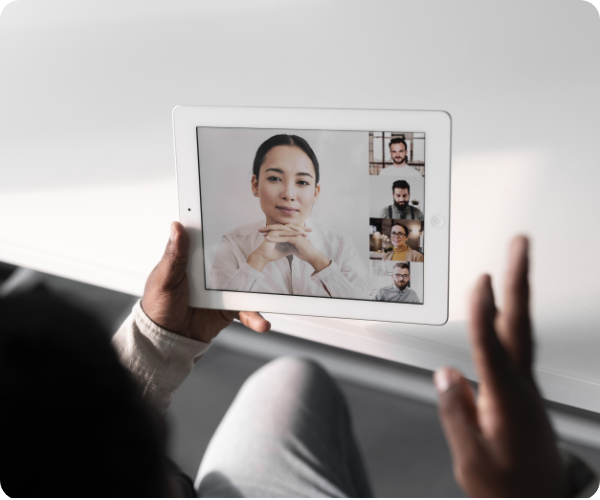MENTAL HEALTH & WELLBEING
Zoom Zoom, Who Is The Most Beautiful In The World? | Zoom Dysmorphia

Since ancient times, people have longed for looking good. Not only for others but especially for themselves. They want to feel good about themselves. They also subconsciously assume that if they look good, they will be better accepted by others.
There were times when the measure was our image in a mirror or another reflective surface. Even in the children's fairy tale, the Evil Queen asks the mirror who is the prettiest in the land, and she experiences torment when it turns out that it is not her but Snow White.
However, as the fairy tale tells us, excessive self-focus does not lead to anything good. Researchers discovered a long time ago that excessive self-observation causes psychological problems even in completely healthy people. Within just 10 minutes of staring at yourself in the mirror, you may begin to feel dissatisfied with your appearance and be anxious about how you look. Researchers call this phenomenon Mid-life Mirror Angst syndrome.
Even modern technology manufacturers know all this, and so our mobile phones offer us a variety of applications and filters to beautify our appearance. The desire to look good is further strengthened by the social media boom, primarily based on sharing our own photos and selfies. And this is how the mirror syndrome turned into Snapchat dysmorphia. People who suffer from it have a desire to look as good as when using filters. They want to get radiant and flawless skin, large eyes, a deep look, perfectly bleached teeth, or protruding cheekbones.
What is Zoom Dysmorphia?
But as the world around us evolves, so do our disorders. And with the rise of working from home and the use of video conferencing came a new disorder. It's called Zoom dysmorphia, and it encourages many people who wish to improve their appearance through cosmetic procedures to visit plastic surgery clinics. Due to the optical distortion (zoom) created when shooting close-ups, people often get the feeling that their nose is much larger than they previously thought and, on the contrary, their eyes are smaller and further apart. They are not satisfied with wrinkles on the forehead, withered skin on the neck, or circles under the eyes.
Unfortunately, this quickly grows from mere dissatisfaction to excessive attention to one's (presumed) defects. People with Zoom dysmorphia are no longer able to focus on anything but how bad they look. It is not only the staring at one's distorted image that is to blame but also the fact that, unlike in a mirror, one sees oneself for the first time in situations when they share their emotions while talking to others and displaying real facial expressions. And all in a mosaic of other faces that, unlike ours, seem normal.
Does this sound familiar to you?
You also don't like to see yourself on a laptop or phone screen? You are not alone. Many people suffer from Zoom dysmorphia, and they probably don't even know it is a disorder. But it is a disorder that can be fought.
How? Try to spend less time on video conferencing. Meet people face to face. And if that is not possible at least try to move the camera away so that it doesn't capture you near. The distortion decreases with distance. It also helps that you are aware of the distortion and its possible impact.

Never miss a LutherOne article or e-Book: SUBSCRIBE
Wrapping things up
What you may not know yet is that you can hide the image of yourself during a video conference. This great option is called Hide Self View. You no longer see the video of yourself, even though others can see you. Try it. It may seem unusual to you at first, but that's how you communicate from birth. And this can save you a lot of money on unnecessary cosmetic procedures. 😉

